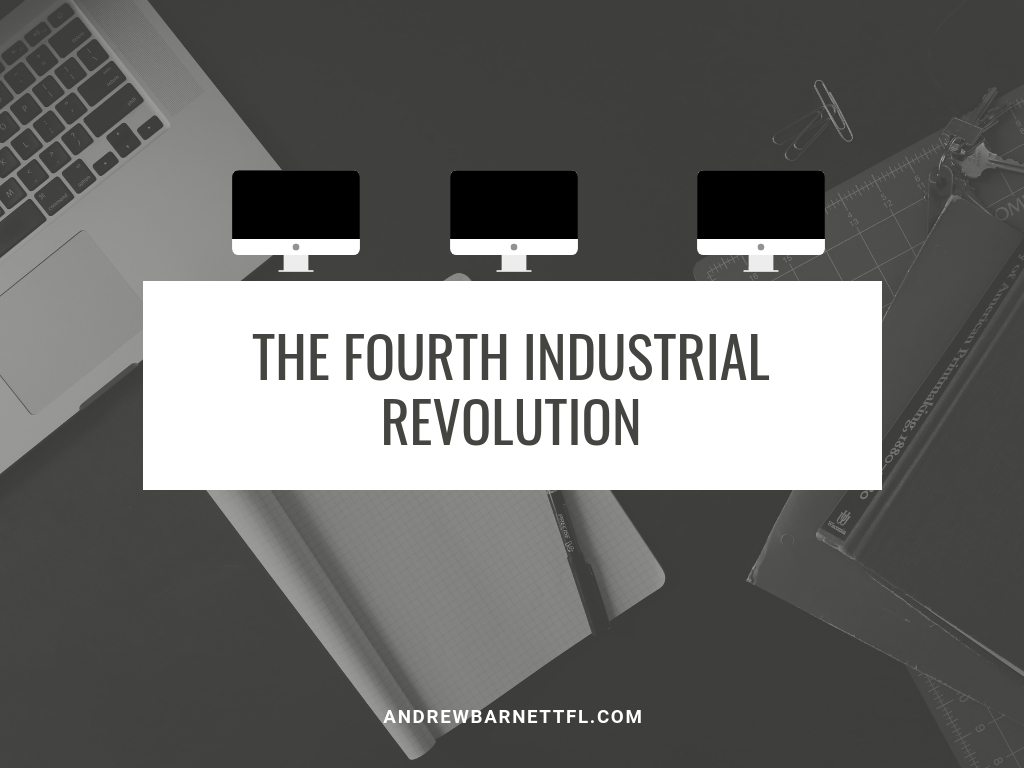While most elementary school history books teach us that the Industrial Revolution was a singular event, many modern thinkers prescribe to the belief that the last two and a half centuries have brought three major revolutions and that we’re now on the cusp of a fourth. While these revolutions bring with them a whole wealth of modern advances, they’re also flash points of seismic change. These revolutions fundamentally change humanity’s conversation with their environment and alter the workforce innumerably. Understanding what this upcoming revolution is crucial to businesses that want to stay competitive, and it could necessitate major changes in operations.
The First Industrial Revolution was heralded by the transition from an agricultural to an industrial society. Facilitated by advances that allowed for massive factories and the development of the steam engine, this revolution signified a shift to mass production and an exodus from farmlands to developed cities. This would be followed by the Second Industrial Revolution taking place between the 1870s and the early 20th century, as new communication methods like the telephone and light bulb, and it would be followed in the 1980s by the growth of the personal computer and the birth of the internet. We now stand on the verge of a new revolution, as cloud technology and social media further closes borders in communications and creates more efficient workplace models.
Technological growth is exponential, and that means that these revolutions are happening with smaller dilation periods. While businesses once had years or decades to catch up to the latest trends, the rate at which these revolutions are now occurring necessitates rapid adoption of new technologies and modes of business. Perhaps most worrying, these sorts of revolutions create a malaise in the labor market and result in them feeling disconnected from the work that they do.
That means that adapting to this new revolution requires not just the implementation of new technologies but an aggressive move to help employees transition into the new work model. Over half of workers place a high level of importance on finding a good balance between work and personal time, and the more fluid opportunities available mean that more employees are willing to change jobs in return for more flexible hours and other opportunities like paid time off. Employers need to work hard to create reciprocal relationships with their employers to engender a greater sense of loyalty so that they can hold on to the best talent. This also means adopting new methods of work like non-traditional work hours and remote working. Fortunately, cloud technology makes this more achievable than ever before.
The Fourth Industrial Revolution brings some exciting changes for the future, but what hasn’t changed is the importance of employees in the business model. If you want your business to stay current, you’ll need to look at the tech that can help your business grow, but you also need to take into account how that tech can create happier and more loyal employees.
